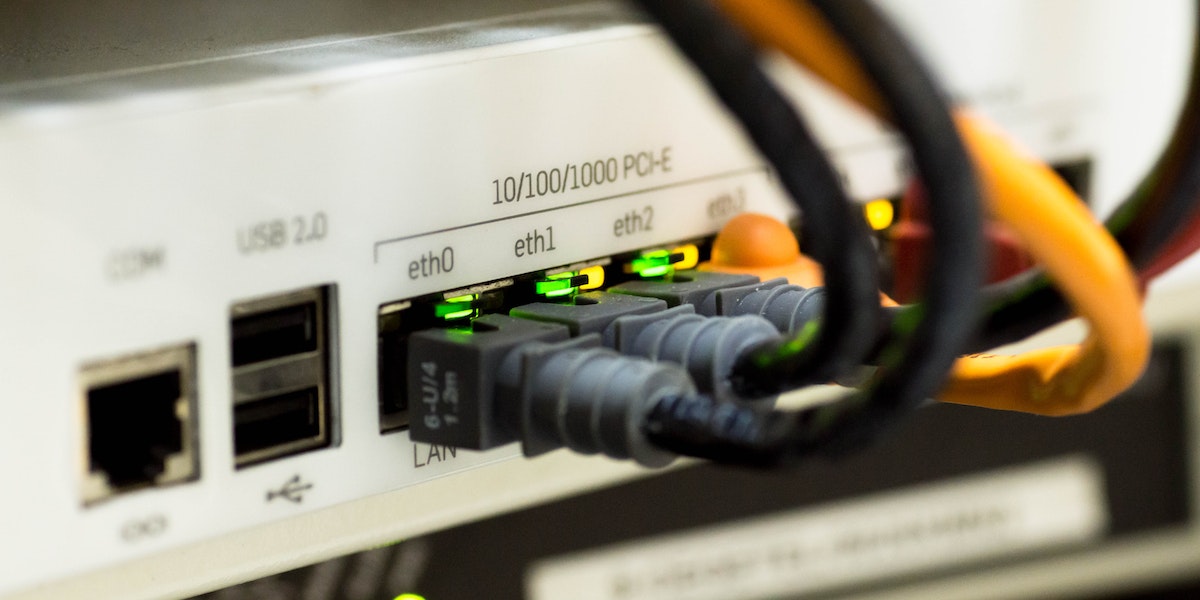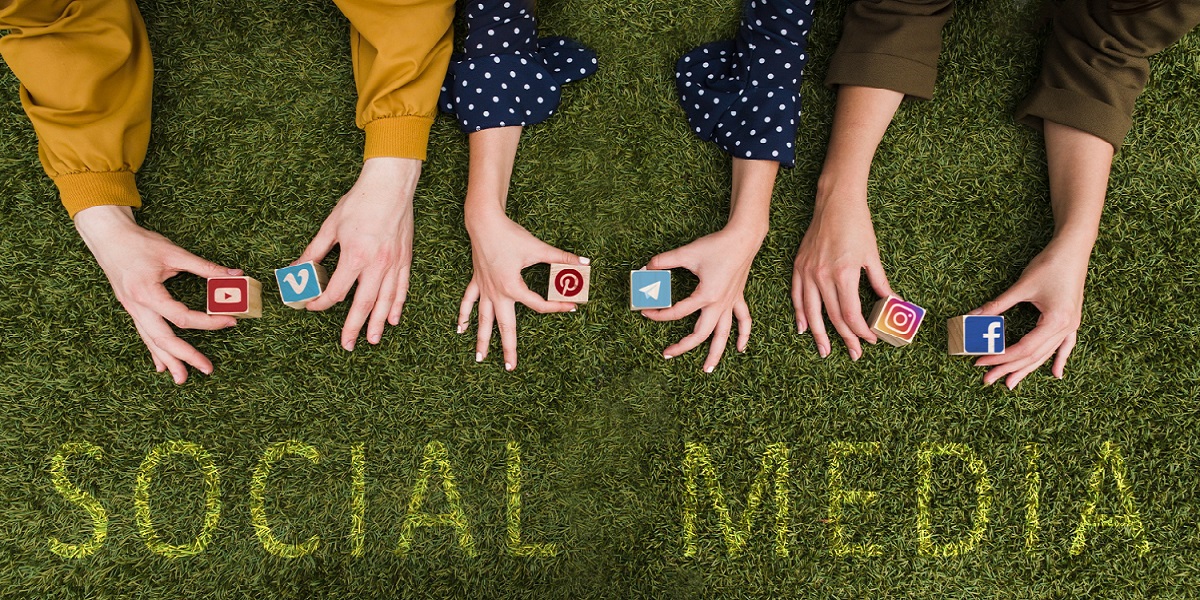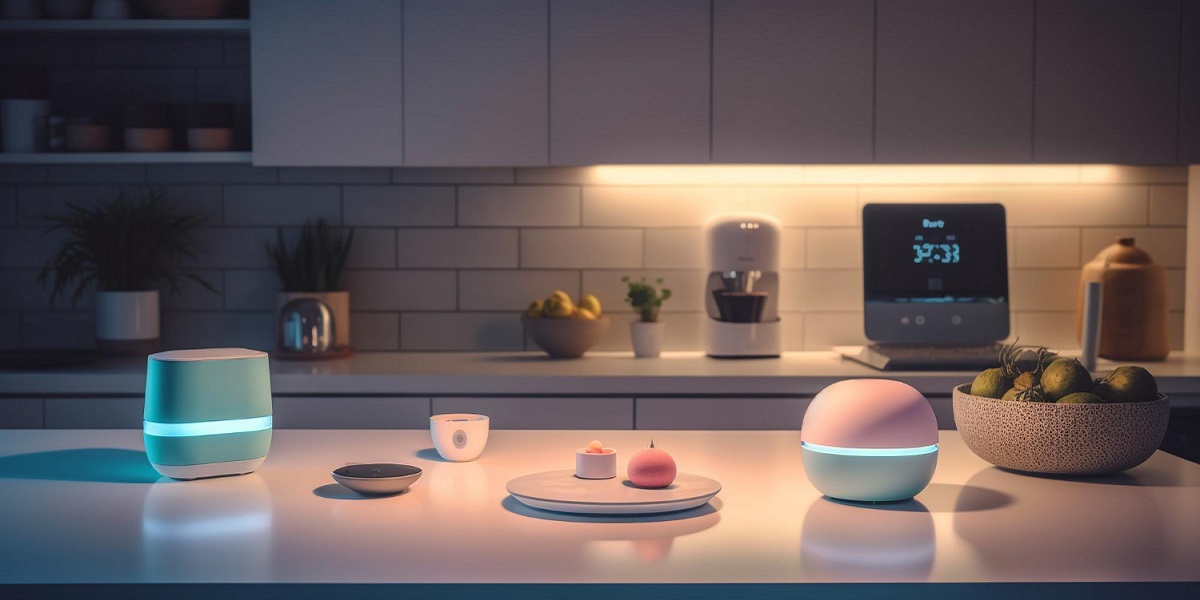
Internet of Things (IoT) and AI: Realizing the Promise of a Connected World
- By Arslan Tayliyev
- 12-05-2023
- Internet of Things
The Internet of Things (IoT) refers to the vast network of interconnected devices that communicate with each other and exchange data through the Internet. These devices range from everyday household items, such as smart thermostats and lighting systems, to industrial equipment and even entire city infrastructures. The IoT revolution has enabled a seamless flow of information, resulting in increased efficiency, convenience, and improved decision-making across various sectors, including healthcare, transportation, agriculture, and manufacturing.
Artificial Intelligence (AI), on the other hand, is the branch of computer science that focuses on developing machines and software systems that can mimic human cognitive processes, such as learning, problem-solving, and decision-making. AI algorithms, including machine learning and deep learning, allow computer systems to continuously adapt and improve their performance as they process vast amounts of data. AI has demonstrated its transformative potential in various applications, such as natural language processing, image recognition, and autonomous vehicles.
When combined, IoT and AI create a powerful synergy that unlocks new possibilities and enhances the capabilities of connected devices. AI enables IoT devices to not only collect and transmit data but also to analyze and make intelligent decisions based on that data in real time. This combination paves the way for more advanced applications, such as predictive maintenance, adaptive traffic control systems, and personalized healthcare solutions, ultimately leading to a more connected and efficient world.
How Can AI Be Used in IoT Devices?
The integration of Artificial Intelligence (AI) into Internet of Things (IoT) devices can significantly enhance their functionality and efficiency by allowing them to intelligently process data and make autonomous decisions. AI can enhance their functionality by enabling predictive maintenance, energy optimization, and voice control. In this section, we will explore how AI can enhance IoT device capabilities and provide examples of AI-powered IoT devices and their applications.
Enhancing IoT device capabilities with AI
Real-time data analysis: AI algorithms can process large volumes of data generated by IoT devices in real time, enabling faster decision-making and more efficient responses to changing conditions. This is particularly useful in applications like environmental monitoring, where timely information is crucial for addressing potential hazards.
Predictive maintenance:
By analyzing data patterns from IoT devices, AI can help identify potential equipment failures before they happen. This enables organizations to schedule maintenance proactively, reducing downtime and improving overall operational efficiency.
Personalization:
AI can analyze user behavior and preferences to customize IoT device experiences, tailoring them to individual needs. This personalization can enhance user satisfaction and increase the adoption of IoT devices in various sectors, such as healthcare, entertainment, and home automation.
Energy optimization:
AI can optimize energy consumption in IoT devices by analyzing usage patterns and adjusting settings accordingly. This leads to more energy-efficient devices, reduced energy costs, and a lower environmental impact.
By harnessing the power of AI, IoT devices can unlock new levels of efficiency, autonomy, and personalization, paving the way for a smarter and more connected world.
Examples of AI-powered IoT devices and their applications
Smart thermostats:
AI-enabled thermostats, like Nest and Ecobee, learn user preferences and behavior over time to optimize heating and cooling schedules, leading to increased comfort and energy savings.
Healthcare wearables:
IoT devices such as fitness trackers and smartwatches can use AI algorithms to monitor and analyze health data, helping users track their fitness goals, detect irregularities in their vital signs, and even alert medical professionals in case of emergencies.
Voice assistants:
Voice-controlled devices, like Amazon's Alexa or Google Assistant, use AI-powered natural language processing to understand and respond to user commands, enabling hands-free control of connected devices and providing a more seamless user experience.
Autonomous vehicles:
Self-driving cars use a combination of IoT sensors and AI algorithms to navigate complex environments, make real-time decisions, and react to changing traffic conditions, enhancing safety and reducing human error on the roads.
The Impact of IoT and AI on Industries
The convergence of IoT and AI technologies is driving digital transformation across various industries, leading to improved efficiency, enhanced productivity, and innovative business models. In this section, we will explore the industries adopting IoT and AI, the benefits and efficiency improvements they bring, and case studies showcasing successful implementations.
Overview of various industries adopting IoT and AI technologies
Healthcare:
IoT and AI are transforming healthcare through remote patient monitoring, personalized treatment plans, and advanced diagnostic tools, improving patient outcomes and reducing healthcare costs.
Manufacturing:
The combination of IoT and AI enables smart manufacturing, optimizing production processes, enhancing supply chain management, and reducing equipment downtime through predictive maintenance.
Agriculture:
IoT devices and AI-powered analytics help farmers monitor crop health, optimize irrigation systems, and automate farming equipment, leading to increased crop yields and more sustainable farming practices.
Retail:
Retailers use IoT and AI to personalize customer experiences, optimize inventory management, and streamline logistics, resulting in better customer satisfaction and increased sales.
Transportation:
IoT and AI technologies are revolutionizing transportation through autonomous vehicles, real-time traffic management, and intelligent logistics, reducing congestion and improving overall efficiency.
The impact of IoT and AI on industries is profound, as they offer unprecedented opportunities for growth, efficiency, and innovation. As more businesses adopt these technologies, we can expect to see even more transformative solutions emerge in the coming years.
Benefits and efficiency improvements brought by IoT and AI
IoT and AI synergistically improve efficiency, enabling smart homes, predictive analytics, reduced energy consumption, and enhanced automation across industries.
Cost reduction. IoT and AI help businesses automate processes, optimize resource utilization, and reduce equipment downtime, significantly reducing costs.
Enhanced decision-making
IoT devices generate vast amounts of data, which AI algorithms can analyze to provide actionable insights for better decision-making. And thus, productivity improves. By automating routine tasks and optimizing operations, IoT and AI technologies enable businesses to focus on innovation and growth.
Increased safety
IoT and AI can help detect potential hazards in real time, improving workplace safety and reducing the risk of accidents. IoT and AI also contribute to environmental sustainability — more efficient resource management and energy consumption, promoting sustainable business practices, and reducing environmental impact.
How to Implement IoT and AI in Smart Cities
Smart cities leverage IoT and AI technologies to improve the quality of life for their residents, optimize urban infrastructure, and promote sustainable development. In this section, we will discuss the key components and technologies required for implementing IoT and AI in smart cities and explore some successful examples of smart city initiatives.
Key components and technologies required for smart city implementation
IoT Sensors and Devices:
Smart cities rely on a vast network of interconnected devices and sensors to collect real-time data on various aspects of urban life, including traffic, air quality, energy consumption, and public safety.
Connectivity Infrastructure:
Robust and reliable connectivity is essential for transmitting data between IoT devices and processing centers. This can be achieved through wired and wireless communication networks, such as fiber-optic cables, 5G, and low-power wide-area networks (LPWANs).
Data Analytics and AI Algorithms:
To make sense of the massive amounts of data generated by IoT devices, smart cities need powerful analytics tools and AI algorithms that can process and analyze data in real time, providing actionable insights for decision-makers.
Cloud Computing and Edge Computing:
Storing and processing data in the cloud or at the edge of the network (i.e., closer to the IoT devices) enables smart cities to manage resources more efficiently, reduce latency, and ensure data security.
Security and Privacy:
Implementing robust security measures, such as encryption and multi-factor authentication, is crucial for protecting sensitive data and ensuring the privacy of citizens in a smart city.
Case studies of successful smart city projects utilizing IoT and AI
#1 Estaciones Saludables (Health Stations) – Buenos Aires, Argentina
This initiative aims to promote healthy living and improve public health in Buenos Aires. The city has installed several health stations in public spaces, offering diverse schedules for providing health habit consultation services to residents across all neighborhoods, ensuring accessibility. These stations encourage citizens to adopt healthier habits, ultimately improving their overall well-being.
#2 Harnessing City Data – Singapore
Singapore is known for its advanced use of technology and data to improve urban living. The increasing elderly population in Singapore creates a need for services that promote autonomous living and high-quality care. ConnectedLife's home monitoring system gathers & delivers valuable information to healthcare providers, insurers, and the government. This solution integrates smart technologies (IoT with motion and sound sensors, data analysis, and AI), provides personal support, and tailored insurance coverage. The solution was created using DEX, a decentralized urban data exchange that merges data from both private and public sectors.
#3 Hush City Mobile Lab – Berlin, Germany
This project focuses on identifying and protecting quiet urban spaces to improve citizens' well-being and mental health. The Hush City Mobile Lab, together with the municipality of Berlin, developed an app that allows users to locate and share information about quiet areas within the city. The collected data helps urban planners and policymakers design more sound-friendly environments and preserve existing quiet spaces for the benefit of residents, as traffic noise claims to be the second most harmful stressor in the whole of Europe.
#4 Copenhagen Cycling Infrastructure – Copenhagen, Denmark
Copenhagen is renowned for its extensive cycling infrastructure, which promotes sustainable transportation and reduces traffic congestion. The city has invested heavily in creating dedicated bike lanes, bicycle parking facilities, and bicycle-friendly traffic signals. Data collected from IoT sensors on bike lanes and cyclist behavior informs urban planning decisions, helping to continuously improve and expand the cycling network.
#5 EDGE Olympic – Amsterdam, the Netherlands
EDGE Olympic is a smart building located in Amsterdam that uses IoT and AI technologies to optimize energy consumption, enhance resident comfort, and reduce environmental impact. The building is equipped with a range of sensors that monitor various parameters, such as temperature, lighting, and air quality. AI algorithms analyze this data and adjust the building's systems accordingly, ensuring optimal energy efficiency and a comfortable environment for occupants.
These initiatives showcase the diverse ways in which cities can leverage technology and innovation to improve urban life and create more sustainable, livable environments for their residents. More smart city initiatives can be found in a community paper “Smart at Scale:
Cities to Watch. 25 Case Studies” by World Economic Forum
Implementing IoT and AI in smart cities offers numerous benefits, including improved quality of life, more efficient use of resources, and enhanced sustainability. By investing in the necessary infrastructure and adopting innovative technologies, cities around the world can harness the power of IoT and AI to create a smarter and more connected urban environment.
Conclusion: The Future of IoT and AI in a connected world
As we have explored throughout this article, the integration of IoT and AI technologies is revolutionizing various aspects of our daily lives, from healthcare and manufacturing to urban planning and transportation. By enhancing the capabilities of connected devices, AI-powered IoT systems enable smarter decision-making, improved efficiency, and more personalized user experiences.
In the context of smart cities, we have seen how IoT and AI can transform urban living by optimizing infrastructure, promoting sustainable development, and improving the overall quality of life for residents. Innovative initiatives such as those in Buenos Aires, Singapore, Berlin, Copenhagen, and Amsterdam demonstrate the potential for technology to create more livable, environmentally friendly urban environments.
The future of IoT and AI in a connected world is promising, with new applications and use cases emerging regularly. As these technologies continue to advance and mature, their impact on industries and everyday life will only grow. Their adoption will rapidly accelerate, ushering in a wave of innovative solutions. This creates a unique opportunity for entrepreneurs and organizations to develop groundbreaking products and services, fueling economic growth and enhancing societal well-being on a global scale, ultimately transforming our connected world. It is crucial for governments, businesses, and individuals to invest in the necessary infrastructure, security measures, and collaborative efforts to ensure that the full potential of IoT and AI is realized in a responsible and sustainable manner. By embracing the power of IoT and AI, we can create a brighter, more connected future for all.
Recent blog

Harnessing Social Media: Tactics For Powerful Marketing Success Achievement
Social Media | 25-07-2024
7 Hidden Secrets of MSI Laptop Boot Menu Key
Technology | 24-07-2024




